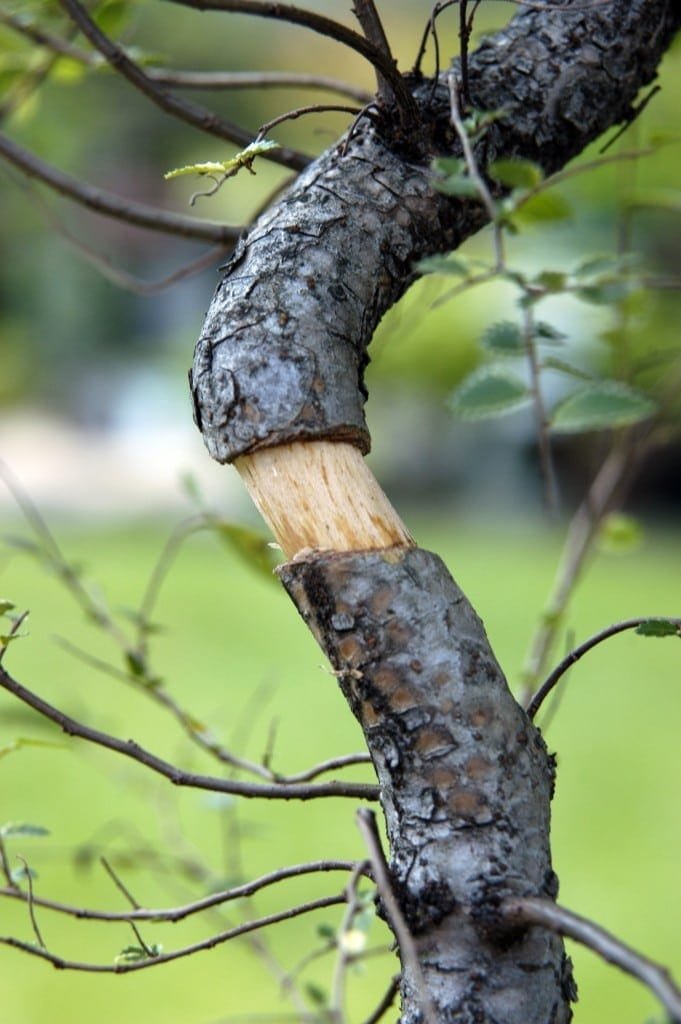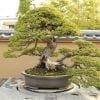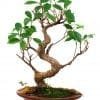Bonsai developers can use air layering to make new trees. A benefit to using this method is that growers can create a nice sized new tree in a single growing season while other techniques take multiple seasons for the same size.
However, gardeners should be cautious when using the air layering method as it may cause scarring on the parent tree.
When gardeners use the air layering method, they will need to cut several layers of the tree branch including the bark, cambium and phloem. With this attention to detail, growers can ensure that the branch is protected and won’t lose carbohydrates or photosynthates.
Fortunately, the branch will still gain nutrition from water and minerals, which will keep it healthy.
A tree gathers nutrition from its upper section while the root growing production is set at the removal location. Therefore, the branch’s new roots will sprout from the removal site.
Also, bonsai developers will want to keep the removal area at one inch wide all around the branch. Moss should be used to protect the tree and preserve the branch’s water, which will allow the roots to grow.
The ideal time to air layer a tree is from early spring to the first part of summer since this is when the tree will do most of its growing. Additionally, bonsai gardeners should eliminate the bark, cambium and phloem at the tree’s nodule, which will provide the best root growth.
When cutting, gardeners should slice into the upper section of the shaved area and use a saw tooth shape for symmetrical root growth.
Also, when creating the shaved section, growers must cut around the branch horizontally and then vertically. This method will free the bark for removal along with the phloem.
Next, the cambium must be removed through a scraping method to prevent new bark from forming. With the cambium eliminated, the xylem will be showing.
However, this layer of the bonsai tree will keep the branch supplied with nutrients and water.
Once the tree is covered with moss and given water, it will stay moist and healthy. As leaves begin to thrive, gardeners will know that the roots have grown.
However, bonsai growers will need to make sure that the new start has enough root support to be planted. If it doesn’t, then gardeners may have to prune and wait until the following spring.
When propagating trees using the air layering method, bonsai gardeners should:
- Strip several layers of the branch
- Protect the branch with moss to retain nutrients and water
- Create new starts during the spring or early summer
- Find patience


